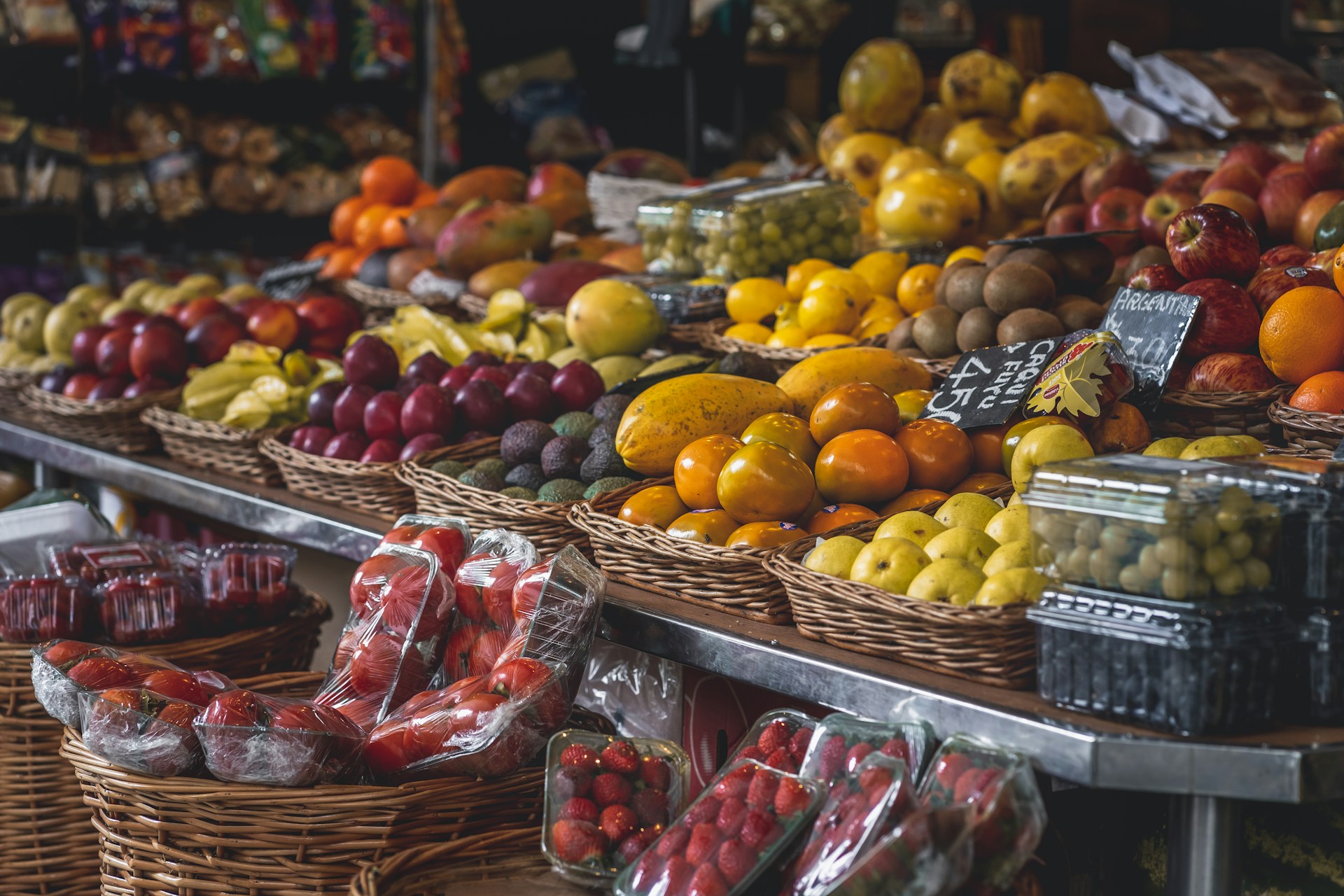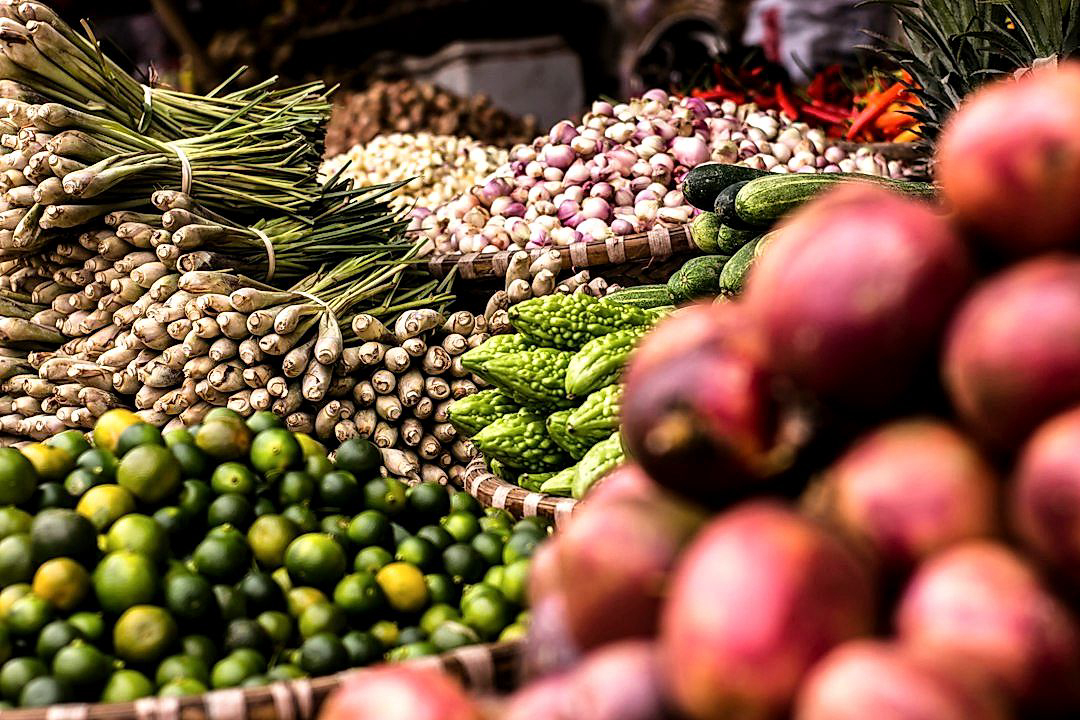Produce retail operations incorporate several complexities which entail strict adherence to safety regulations and best practices.
Overlooking safety issues doesn’t only pose potential hazards, but it can also lead to significant business consequences.
Regular safety audits are thus not an option, but an absolute necessity in this sector.
This process, however, can seem daunting without explicit guidance or directive.
Our objective in this discussion is to offer practical tips, ensuring a smooth audit process that guarantees compliance and sustains operational efficiency.
We will delve into streamlining inspection procedures, critical focus areas, as well as how to address potential issues effectively.
Safety Audit Tips For Produce Retail Operations
1. Regularly inspect and monitor refrigerator temperatures.
For a successful produce retail operation, the importance of regularly inspecting and monitoring refrigerator temperatures cannot be overstated.
This practice plays a crucial role in ensuring the freshness and quality of the produce stored in these refrigeration units.
Beyond maintaining quality, regular temperature checks are a necessary step in preventing foodborne illnesses, which can be caused by the growth of harmful bacteria in food stored at improper temperatures.
According to the Food Safety Modernization Act (FSMA) guidelines, cold foods should be kept at 40°F (or 4°C) or below to ensure safety.
Create a daily schedule for temperature checks and stick to it religiously.
Designate a trained staff member who will be responsible for this task, as consistency is key in managing this aspect of safety.
The use of digital, wireless, or infrared thermometers can make this task easier and more efficient.
Moreover, installing a continuous temperature monitoring system, which can send alerts if temperatures go out of range, can add another layer of security.
Any deviations in temperature should be recorded and addressed immediately to prevent potential food safety issues.
Make sure to have a detailed action plan in place for situations when the temperature goes beyond the safe range.
This plan should detail the steps to be taken, who should be notified, and how the produce should be handled.
Regular maintenance and repair of refrigeration units play a significant role in ensuring they maintain optimal temperature.
Ensuring adequate air circulation within the refrigeration units is also key to maintaining consistent temperature throughout.
Knowledge and adherence to local, state, and federal regulations concerning refrigeration is also an essential factor in maintaining a safe produce retail operation.
Finally, remember that the goal of regular inspections and monitoring is not merely to meet regulatory requirements but to provide the safest possible products to consumers.
2. Maintain Clean, Sterilized Cutting Tools and Surfaces.
A critical aspect of food safety involves keeping all cutting tools and surfaces clean and sterilized.
Ensuring cleanliness extends beyond the visible state of your tools and surfaces; it also requires paying attention to microorganisms that could contaminate produce.
Effective sterilization processes are vital to remove harmful bacteria and minimize the risk of foodborne illnesses.
Employees at produce retail operations must take responsibility for this task, as maintaining cleanliness and sterilization should form part of their daily responsibilities.
Detergent solutions, hot water, and appropriate cleaning cloths are necessary for basic cleaning chores among other cleaning tools at their disposal.
After cleaning, tools and surfaces must undergo thorough rinsing to eliminate any residual detergent that could potentially contaminate the produce.
The sterilization phase comes after cleaning, and it involves using heat or chemical sterilants to destroy any residual microorganisms.
The use of UV light sterilizers can also be an effective method of getting rid of bacteria and other pathogens on these surfaces.
Periodically, produce retail operations should also replace cutting tools or have them professionally sharpened and sanitized to maintain their effectiveness and cleanliness.
Produce-specific cutting tools and surfaces can further improve food safety by preventing cross-contamination between different types of produce or between produce and other types of food.
Retail operations need to invest in quality, easy-to-clean cutting surfaces such as stainless steel or food-grade plastic, which are more resistant to bacterial growth than wooden surfaces.
Color-coded cutting boards, for different types of produce, can play a significant role in preventing cross-contamination and ensuring every piece of produce is treated with adequate safety measures.
Scheduled audits of cleanliness practices are also necessary to ensure regular maintenance activities take place, and cleaning standards remain high.
A thorough safety audit should also consider cleanliness and sterilization behavior and attitudes among staff, ensuring that cleanliness is considered a central value for all team members.
In addition to regular audits, education and training regarding the importance of cleanliness and sterilization in food safety are paramount.
All these steps drawn together will play a critical role in keeping cutting tools and surfaces clean and sterilized, thereby upholding essential food safety standards in produce retail operations.
3. Conduct routine training on food safety procedures.
Undoubtedly, human resources are a crucial element in any retail operation and contribute significantly to food safety.
Training can equip employees with the necessary knowledge and skills to handle food safely and prevent foodborne illness.
More than just a regulatory requirement, effective food safety training can improve productivity, public perception of the business, and employee morale.
Regular, consistent, and thorough training sessions, therefore, are essential to ensure all staff members are aware of current practices and regulations.
The foundation of a high-functioning, food-safe retail operation largely rests on routine, comprehensive training.
It is necessary to continually review and update your training curriculum to ensure it is relevant and engaging.
Make use of audio-visual materials, on-the-job training, and information-rich handouts to help employees better understand and apply safety regulations.
Emphasize on the individual roles of employees in ensuring food safety and stress on the importance of their contribution.
Domestic and international regulations surrounding food safety are always subject to change, and your training program should reflect this.
It is also beneficial to conduct tests and assessments, where employees can demonstrate their food safety competence.
Regular feedback can further reinforce their learning and have them better prepared for the challenges of their role.
Keep a record of all trainings, tests, and feedback given to employees for future reference and validation.
Food safety training should not be isolated to only new employees but should be considered an ongoing educational opportunity for all staff members.
Ensure that you clearly communicate the rationale for rules and procedures, thus promoting understanding and adherence among the employees.
In the end, no program, no matter how meticulously crafted, can replace the impact of regular, quality training on food safety.
After all, it is the cognizant, well-trained staff that can make or break your food safety commitments.
4. Regular Pesticide and Chemical Usage Audits
Conducting regular pesticide and chemical usage audits is a non-negotiable necessity in any produce retail operation.
This mandatory process ensures that all products sold in the store are safe for consumption and have not been exposed to harmful levels of chemicals.
The underlying purpose of these audits is to monitor and control the use of pesticides and other chemicals in the growth and treatment of fruits, vegetables, and other types of produce.
Ensuring chemical levels are within acceptable safety limits protect not only the health of the consumers, but also supports the sustainability of the environment.
The initial step in conducting these audits is to regularly inspect all incoming produce for traces of chemical residues.
This can be done by using chemical testing equipments specialized for detecting residues on food items.
These equipment come in various forms, some are handheld devices while others are more complex machines that require specialist knowledge to operate.
In addition to checking incoming produce, on-site farming operations should also be inspected if applicable.
By doing this, it ensures pesticides and chemicals are being used responsibly, not exceeding recommended safe levels.
Keep in mind that chemical and pesticide usage is not inherently bad or dangerous as these are needed to control pests and diseases.
However, they become health risks when used excessively or improperly.
Information regarding pesticide and chemical usage should be thoroughly and accurately recorded.
This includes details about the type, quantity of pesticide used, and the date of application.
Moreover, pesticide and chemical usage should be based on established guidelines such as the Pesticide Use and Handling Manual or similar local regulatory laws.
Produce retail operations must ensure that they are always compliant with these guidelines to prevent potential health and legal issues.
Regular audits involved following a strict inspection checklist and conducting routine tests.
The results of these tests should then be evaluated and recorded for future reference and continuing action.
In the final analysis, conducting regular pesticide and chemical usage audits forms a vital part of the overall produce safety plan and helps maintain the reputation of the retail operation as a safe and reliable source of high-quality produce.
5. Ensure correct labeling and food allergy information
The importance of correct labeling and food allergy information in produce retail operations cannot be overstated.
In particular, food allergy information must be accurate and visible to protect consumers with food hypersensitivities.
Incorrect labeling or missing food allergy information not only poses a significant health risk but also exposes retailers to legal repercussions.
In this context, safety audits are key in ensuring compliance with labeling regulations and safeguarding consumer health.
During such audits, the validity of product descriptions should be verified.
This includes checking that the names, ingredients, net contents, and manufacturer details are accurate and align with the physical product.
Any certification symbols (for instance, organic or free trade) must also be verified for authenticity.
In some countries, the Nutrition Facts table is mandatory on food labels, so auditors need to ensure its presence and consistency with regulatory requirements.
Besides, possible allergens present in the food product should be clearly labeled as part of the ingredients or in a separate ‘Contains’ statement.
However, labels can sometimes be misleading, hence auditors should check for any food allergy labeling irregularities.
Examples of these irregularities could be the use of technical terminology unfamiliar to consumers or the lack of language consistency in allergy statements.
In addition to all these details, auditors should look at label legibility including the font size chosen, the background color used for the print and the sticker’s placement.
A food safety audit should verify that labeling and food allergy information extends not only to the retail product on the shelf but also to the retail establishment’s online platforms and catalog.
Furthermore, all personnel should be made aware and trained in handling and dealing with allergen management, labeling procedures, and sale of products with allergies in mind.
In so doing, audits can help prevent instances of cross-contact which could compromise a food product and risk the health of allergy-afflicted consumers.
Overall, safety audits in ensuring correct labeling and food allergy information are crucial for any professional operation aiming to maintain high-quality standards, ensure customer safety, comply with legal requirements and avoid facing potential lawsuits.
The Bottom Line
Proper management of food preparation environments, through regular inspection of refrigerator temperatures and adoption of hygienic cutting tools, is fundamental to food safety.
By conducting routine training for employees, any restaurant or food service business can ensure adherence to food safety procedures and reduce potential health risks.
Furthermore, pesticide and chemical usage audits, when performed regularly, are vital to prevent potential contamination sources.
Correct labeling and accurate food allergy information not only comply with law requirements, but are also essential in preventing adverse reactions among consumers.
The steps outlined above represent the multifaceted approach needed to assure complete food safety, and, when implemented meticulously, can play a substantial role in preserving public health.




